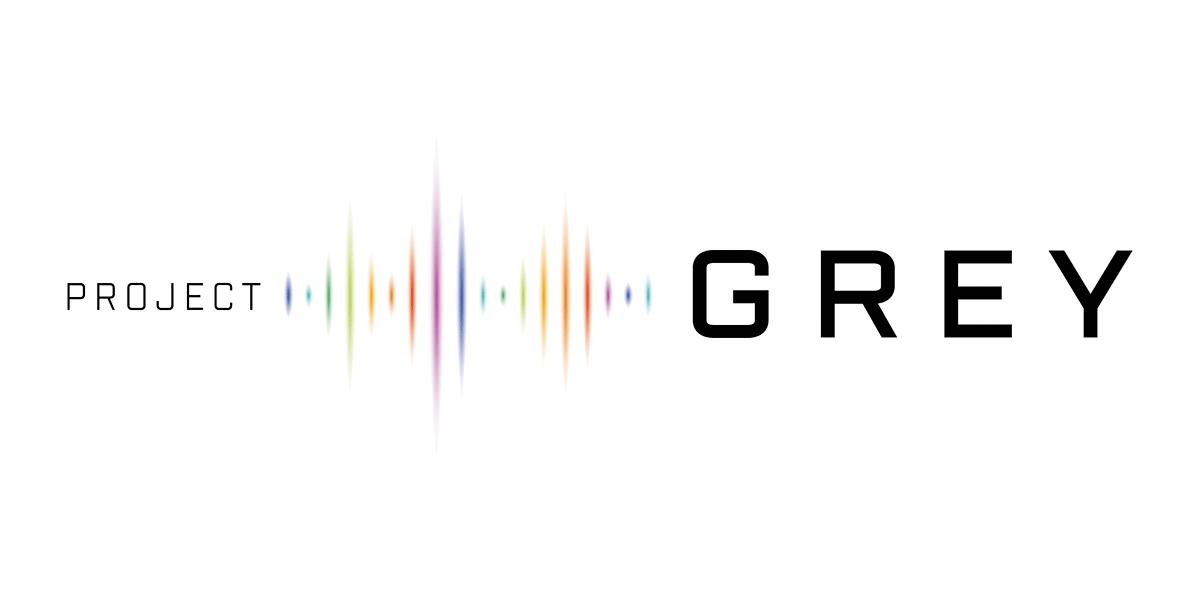‘Black-and-white thinking is when you believe your story is the only truth’
Project Grey to counter polarisation online and offline
In (online) discussions about refugees or integration the most extreme voices for or against are usually the loudest. But aside from this small group of black-and-white thinkers there is a great diversity of opinions. Project Grey seeks to amplify these voices by collecting and sharing stories from the so-called ‘grey middle’.
Twenty years ago Babah Tarawally, the author of ‘Trapped in Black-and-white Thinking’ among other works, came to The Netherlands as a refugee from Sierra Leone. The first one is the story of author Babah Tarawally. He became aware for the first time how the colour of his skin defined his identity. In his book he describes all shapes and forms of black-and-white thinking. Project Grey asked him how he would define black-and-white thinking. ‘Black-and-white thinking is when you believe your story is the only truth. You have no room for someone else’s thoughts or opinions. Your opinion matters and that is the only truth. Someone else’s thoughts or opinions don’t matter. And the current debates in The Netherlands, many people have this mind-set.’
‘He became aware for the first time how the colour of his skin defined his identity’
Different opinions
Project Grey seeks to create more space for different voices outside the small group of black-and-white thinkers. By giving these voices a platform through social media, Project Grey – a collaboration of Movisie, Dare to be Grey, Text Gain, PDCS and the Verweij-Jonker Institute – deals with polarisation as well as with the processes of radicalisation that begin here. With this in mind campaigners, social workers and data analysts have joined hands. Project Grey calls upon people to speak out more often and to contribute to the social media campaign in this way.
Social workers
Extreme voices in social media can lead to verbal and even physical violence. This is why social workers play an important part in Project Grey. They are trained to recognise extreme voices and act against those, both online and in their neighbourhood. They also learn to use an innovative online tool and dashboard to trace new trends and polarising subjects, so they are able to know know what is happening online in their region.
Self-learning technology
To detect these extreme voices online, Project Grey utilises technology bases on Artificial Intelligence and machine learning. These technologies are already being used on a large scale by corporations, to predict and influence consumers’ behaviour, for instance, and to personalise their timeline on social media. This kind of self-learning technology is also becoming widely used in healthcare and is finding its way into social work organisations more and more often. The algorithms developed for Project Grey search independently for patterns in the data that are made visible on the dashboard. This is how we can have more supervision on social debates, which are being discussed on social media, where signs of polarisation can be found.
Want to know more about Project Grey? Visit www.projectgrey.eu. Project Grey is funded by the European Union (Internal Security Fund – Police).
Translation by Malika. Read this article in Dutch en watch an interview with Babah Tarawally on video.
